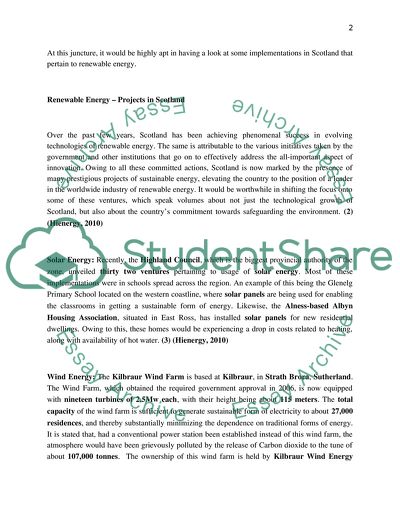Cite this document
(Sustainable Energy Development in Scotland Report, n.d.)
Sustainable Energy Development in Scotland Report. https://studentshare.org/environmental-studies/1736181-sustainable-energy
Sustainable Energy Development in Scotland Report. https://studentshare.org/environmental-studies/1736181-sustainable-energy
(Sustainable Energy Development in Scotland Report)
Sustainable Energy Development in Scotland Report. https://studentshare.org/environmental-studies/1736181-sustainable-energy.
Sustainable Energy Development in Scotland Report. https://studentshare.org/environmental-studies/1736181-sustainable-energy.
“Sustainable Energy Development in Scotland Report”. https://studentshare.org/environmental-studies/1736181-sustainable-energy.


